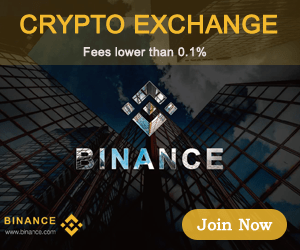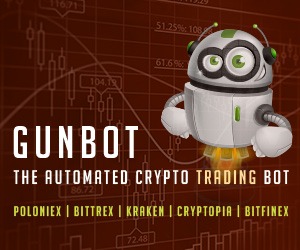The case was made clear: Proof of Reserves is a viable feature for customers, no matter the reserve model.
Dominoes Begin To Fall
There had already been a modest start in 2020.
In May of that year, Gate.io provided proof of 100% collateral , the end result of a months-long effort beginning with a January 1 snapshot, and by September 2020, CoinShares was offering a real-time audit with Armanino as well.
But it was in 2021 that momentum really began to build.
As mentioned above, the year started with Ledn’s implementation, and the pace accelerated as the months wore on.
August was an eventful month in particular. Not only did Ledn make good on its intention to perform Proof of Reserves every six months by publishing its second attestation , but BitMEX entered the fray as the heaviest hitter yet (as measured by assets under management).
The BitMEX Research Desk published a characteristically thorough technical breakdown of the industry state of “proof of liabilities and assets,” and immediately followed BitMEX’s own demonstration of full reserves , independently verifiable by any customer with a modest amount of technical skill.
By September, Nexo joined Ledn as the second lender to offer an attestation with Armanino, this time with a rolling real-time implementation .
In early February this year, Kraken offered proof of their bitcoin and ether holdings totalling $19 billion, ending an 8-year hiatus from their first Proof of Reserves published in 2014.
Suddenly, Proof of Reserves isn’t just a twinkle in a visionary’s eye, or even an exceptional feature provided by an industry forerunner or two.
It is becoming a feature that clients can, and should, expect.
The Path Forward
Like Bitcoin itself, Proof of Reserves is much more than just a technological tool – it has ideological implications. It is the realization of the belief that transparency and individual verifiability is paramount, and that it need not end with self-custody.
If bitcoin is to become a global money, there will be custodians. There will be lenders. They fulfill essential roles on the road to mass adoption. Open-source wallets and specialized hardware are incredible developments for self-sovereignty and their importance should not be understated. But they will never comprise the entirety of Bitcoin’s economic activity.
Bitcoin’s openness and auditability allows its users to demand more transparency from bitcoin service providers. Instead of resigning ourselves to the risks inherent in custodial models, we can strive to standardize solutions and mitigations to alleviate those risks and ultimately help to drive faster and broader adoption.
Demanding Proof of Reserves from the services you use is one of the most powerful ways to do just that.
This is a guest post by Mario Gibney. Opinions expressed are entirely their own and do not necessarily reflect those of BTC Inc or Bitcoin Magazine.





